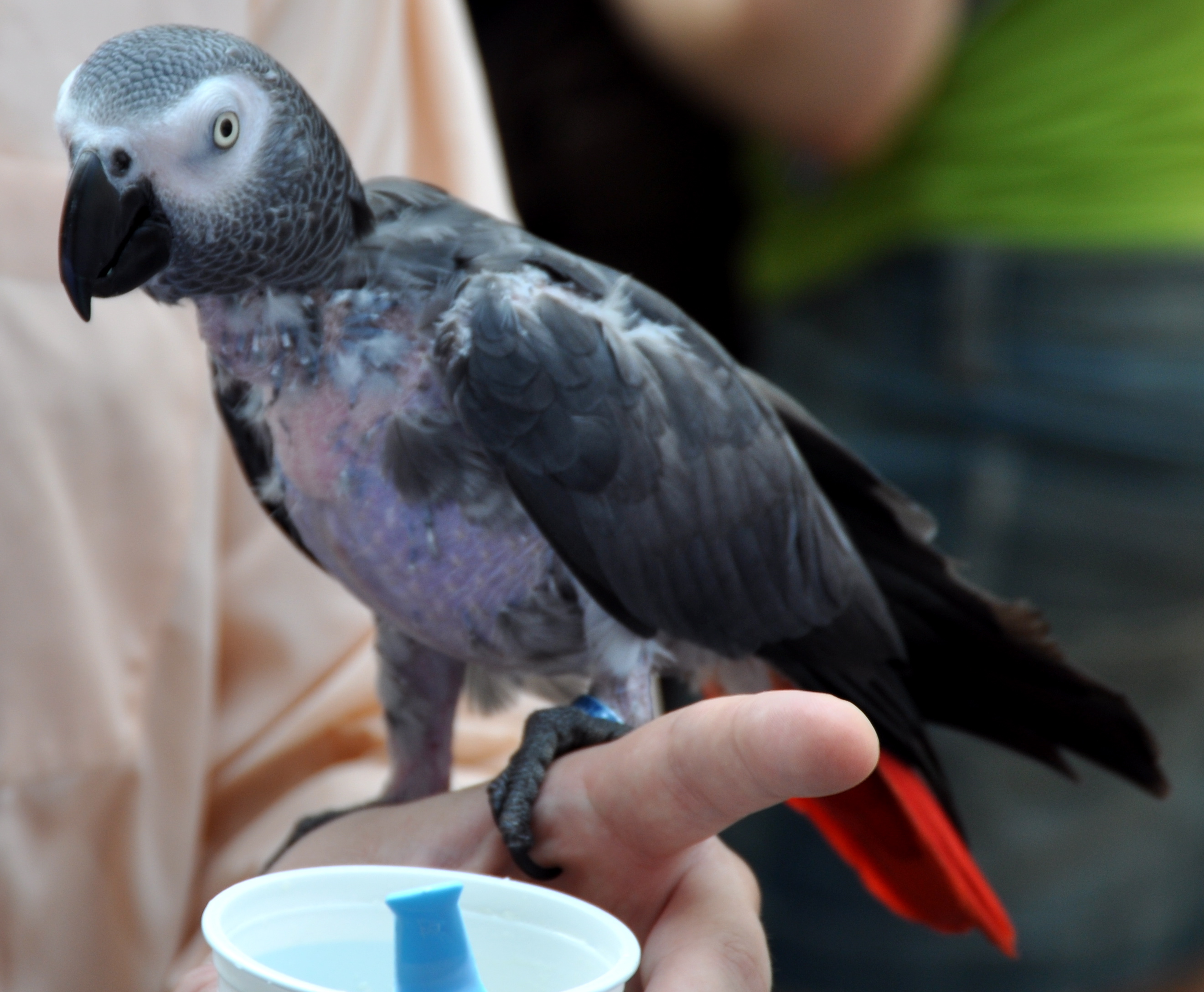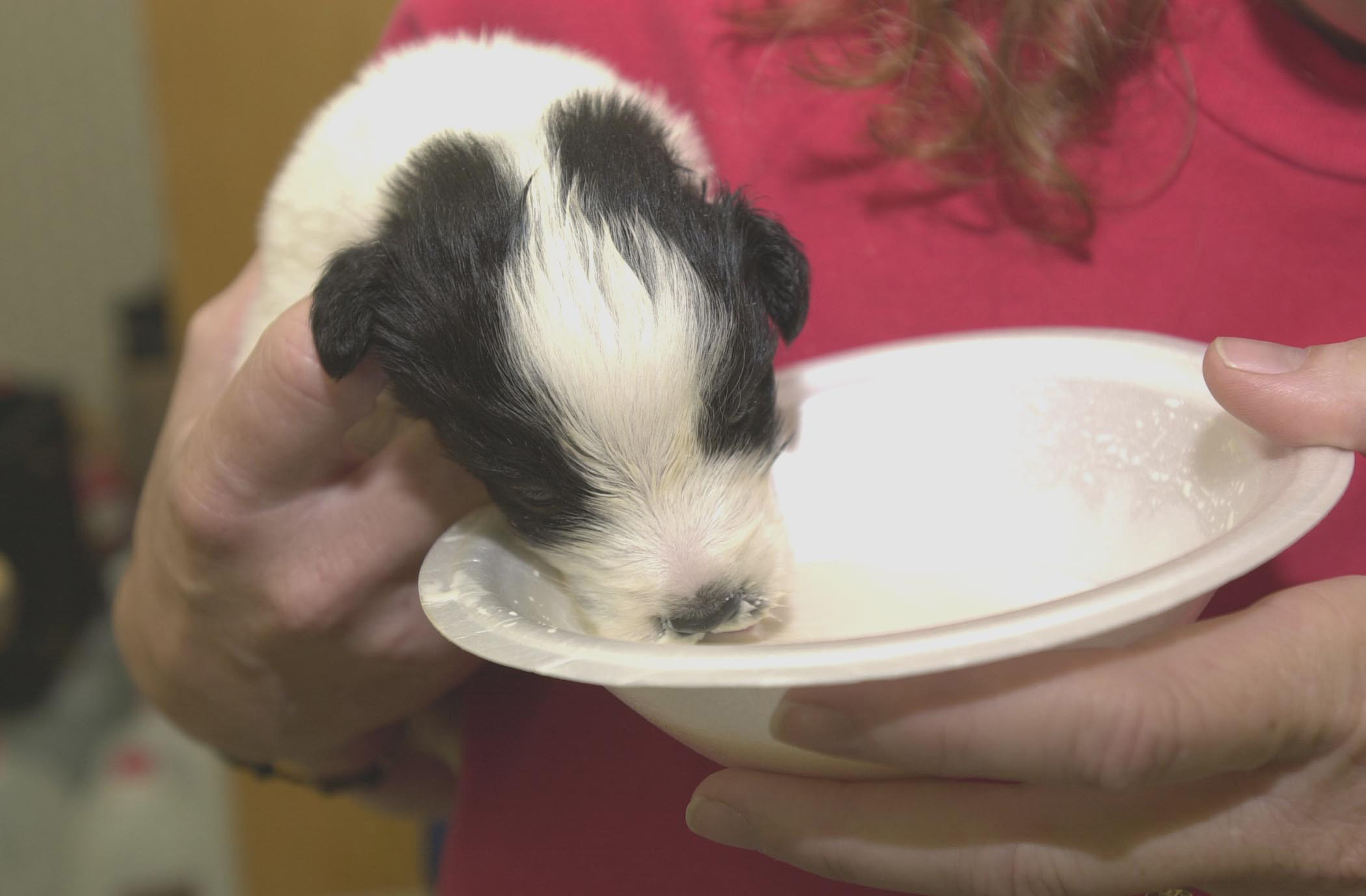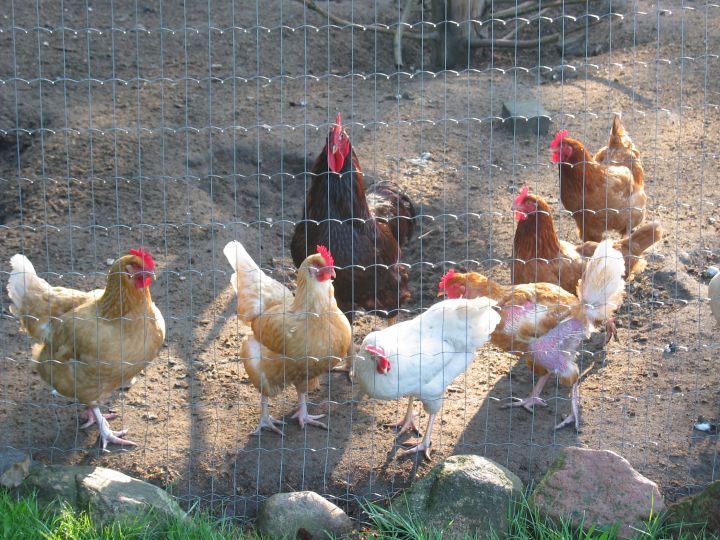|
Vent Pecking
Vent pecking is an abnormal behaviour of birds performed primarily by commercial egg-laying hens. It is characterised by pecking damage to the cloaca, the surrounding skin and underlying tissue.Sherwin, C.M., (2010). The welfare and ethical assessment of housing for egg production. In ''The Welfare of Domestic Fowl and Other Captive Birds'', I.J.H. Duncan and P. Hawkins (eds), Springer, pp. 237-258 Vent pecking frequently occurs immediately after an egg has been laid when the cloaca often remains partly everted exposing the mucosa,Potzsch, C.J., Lewis, K., Nicol, C.J. and Green, L.E., (2001). A cross-sectional study of the prevalence of vent pecking in laying hens in alternative systems and its associations with feather pecking, management and disease. Applied Animal Behaviour Science, 74: 259-272 red from the physical trauma of oviposition or bleeding if the tissue is torn by her laying an egg. Vent pecking clearly causes pain and distress to the bird being pecked. Tearing of th ... [...More Info...] [...Related Items...] OR: [Wikipedia] [Google] [Baidu] |
Abnormal Behaviour Of Birds In Captivity
Abnormal behavior of birds in captivity has been found to occur among both domesticated and wild birds. Abnormal behavior can be defined in several ways. Statistically, 'abnormal' is when the occurrence, frequency or intensity of a behaviour varies statistically significantly, either more or less, from the normal value. This means that theoretically, almost any behaviour could become 'abnormal' in an individual. Less formally, 'abnormal' includes any activity judged to be outside the normal behaviour pattern for captive birds of that particular class or age. For example, running rather than flying may be a normal behaviour and regularly observed in one species, however, in another species it might be normal but becomes 'abnormal' if it reaches a high frequency, or in another species it is rarely observed and any incidence is considered 'abnormal'. This article does not include 'one-off' behaviours performed by individual birds that might be considered abnormal for that individua ... [...More Info...] [...Related Items...] OR: [Wikipedia] [Google] [Baidu] |
Bird Health
Birds are a group of warm-blooded vertebrates constituting the class Aves (), characterised by feathers, toothless beaked jaws, the laying of hard-shelled eggs, a high metabolic rate, a four-chambered heart, and a strong yet lightweight skeleton. Birds live worldwide and range in size from the bee hummingbird to the ostrich. There are about ten thousand living species, more than half of which are passerine, or "perching" birds. Birds have whose development varies according to species; the only known groups without wings are the extinct moa and elephant birds. Wings, which are modified forelimbs, gave birds the ability to fly, although further evolution has led to the loss of flight in some birds, including ratites, penguins, and diverse endemic island species. The digestive and respiratory systems of birds are also uniquely adapted for flight. Some bird species of aquatic environments, particularly seabirds and some waterbirds, have further evolved for swimming. ... [...More Info...] [...Related Items...] OR: [Wikipedia] [Google] [Baidu] |
Animal Welfare
Animal welfare is the well-being of non-human animals. Formal standards of animal welfare vary between contexts, but are debated mostly by animal welfare groups, legislators, and academics. Animal welfare science uses measures such as longevity, disease, immunosuppression, behavior, physiology, and reproduction, although there is debate about which of these best indicate animal welfare. Respect for animal welfare is often based on the belief that nonhuman animals are sentient and that consideration should be given to their well-being or suffering, especially when they are under the care of humans. These concerns can include how animals are slaughtered for food, how they are used in scientific research, how they are kept (as pets, in zoos, farms, circuses, etc.), and how human activities affect the welfare and survival of wild species. There are two forms of criticism of the concept of animal welfare, coming from diametrically opposite positions. One view, held by some th ... [...More Info...] [...Related Items...] OR: [Wikipedia] [Google] [Baidu] |
Ethology
Ethology is the scientific study of animal behaviour, usually with a focus on behaviour under natural conditions, and viewing behaviour as an evolutionarily adaptive trait. Behaviourism as a term also describes the scientific and objective study of animal behaviour, usually referring to measured responses to stimuli or to trained behavioural responses in a laboratory context, without a particular emphasis on evolutionary adaptivity. Throughout history, different naturalists have studied aspects of animal behaviour. Ethology has its scientific roots in the work of Charles Darwin and of American and German ornithologists of the late 19th and early 20th century, including Charles O. Whitman, Oskar Heinroth, and Wallace Craig. The modern discipline of ethology is generally considered to have begun during the 1930s with the work of Dutch biologist Nikolaas Tinbergen and Austrian biologists Konrad Lorenz and Karl von Frisch, the three recipients of the 1973 Nobel Prize in Physi ... [...More Info...] [...Related Items...] OR: [Wikipedia] [Google] [Baidu] |
Battery Cages
Battery cages are a housing system used for various animal production methods, but primarily for egg-laying hens. The name arises from the arrangement of rows and columns of identical cages connected together, in a unit, as in an artillery battery. Although the term is usually applied to poultry farming, similar cage systems are used for other animals. Battery cages have generated controversy between advocates for animal welfare and industrial producers. Battery cages in practice Battery cages are the predominant form of housing for laying hens worldwide. They reduce aggression and cannibalism among hens, but are barren, restrict movement, prevent many natural behaviours, and increase rates of osteoporosis. As of 2014, approximately 95% of eggs in the US were produced in battery cages. In the UK, statistics from the Department for the Environment, Food and Rural Affairs (Defra) indicate that 50% of eggs produced in the UK throughout 2010 were from cages (45% from free-range, 5% ... [...More Info...] [...Related Items...] OR: [Wikipedia] [Google] [Baidu] |
Poultry Farming
Poultry farming is the form of animal husbandry which raises domesticated birds such as chickens, ducks, turkeys and geese to produce meat or eggs for food. Poultry – mostly chickens – are farmed in great numbers. More than 60 billion chickens are killed for consumption annually. Chickens raised for eggs are known as layers, while chickens raised for meat are called broilers. In the United States, the national organization overseeing poultry production is the Food and Drug Administration (FDA). In the UK, the national organisation is the Department for Environment, Food and Rural Affairs (Defra). Intensive and alternative According to the World Watch Institute, 74 percent of the world's poultry meat, and 68 percent of eggs are produced intensively.''State of the World 2006'' World "atch Institute, p. 26 One alternative to intensive poultry farming is free-range farming using lower stocking densities. Poultry producers routinely use nationally approved medications, ... [...More Info...] [...Related Items...] OR: [Wikipedia] [Google] [Baidu] |
Toe Pecking
Toe pecking, an abnormal behaviour of birds in captivity, occurs when one bird Pecking, pecks the toes of another using its beak. This behaviour has been reported in Chicken, hens and ostriches.Bubier N.E., Deeming, C. and Ayres L.L. (1996). Behaviour of ostrich chicks in captivity: An analysis of time budgets. British Poultry Science, 37 (supplement): S13-S14 Studies have shown that hens exposed to toe pecking have significantly enlarged adrenal glands, indicating increased physiological stress (physiology), stress. Hens exposed to toe pecking will step off a raised platform more quickly than control hens, possibly suggesting a heightened fear of elevation. They have also been reported to show depressive behaviour (retreating to corner of the pen, not eating and losing weight) when afflicted by toe-pecking. The act of toe pecking leads to open wounds which are viable for infection and disease to develop. In severe forms, toe pecking can be classified as a cannibalism, cannibalis ... [...More Info...] [...Related Items...] OR: [Wikipedia] [Google] [Baidu] |
Cannibalism (poultry)
Cannibalism in poultry is the act of one individual of a poultry species consuming all or part of another individual of the same species as food. It commonly occurs in flocks of domestic hens reared for egg production, although it can also occur in domestic turkeys, pheasants and other poultry species. Poultry create a social order of dominance known as pecking order. When pressure occurs within the flock, pecking can increase in aggression and escalate to cannibalism. Cannibalism can occur as a consequence of feather pecking which has caused denuded areas and bleeding on a bird's skin.Savory, J., (2010). Nutrition, feeding and drinking behaviour, and welfare. In ''The Welfare of Domestic Fowl and Other Captive Birds'', I.J.H. Duncan and P. Hawkins (Eds). Springer. pp. 165-188 Cannibalism can cause large mortality rates within the flock and large decreases in production due to the stress it causes. Vent pecking, sometimes called 'cloacal cannibalism', is considered to be a ... [...More Info...] [...Related Items...] OR: [Wikipedia] [Google] [Baidu] |
Feather Pecking
Feather pecking is a behavioural problem that occurs most frequently amongst domestic hens reared for egg production,Huber-Eicher, B. and Sebo, F. 2001. The prevalence of feather pecking and development in commercial flocks of laying hens. Applied Animal Behaviour Science, 74: 223–231Sherwin, C.M., Richards, G.J and Nicol, C.J. 2010. A comparison of the welfare of layer hens in four housing systems in the UK. British Poultry Science, 51(4): 488-499 although it does occur in other poultry such as pheasants,Butler, D.A. and Davis, C. 2010. Effects of plastic bits on the condition and behaviour of captive-reared pheasants. Veterinary. Record, 166: 398-401 turkeys,Sherwin, C.M., 2010. Turkeys: Behavior, Management and Well-Being. In “The Encyclopaedia of Animal Science”. Wilson G. Pond and Alan W. Bell (Eds). Marcel Dekker. pp. 847-849 ducks,Gustafson, L.A., Cheng, H.W., Garner, J.P., et al. 2007. Effects of bill-trimming Muscovy ducks on behavior, body weight gain, and bi ... [...More Info...] [...Related Items...] OR: [Wikipedia] [Google] [Baidu] |
Abnormal Behaviour Of Birds In Captivity
Abnormal behavior of birds in captivity has been found to occur among both domesticated and wild birds. Abnormal behavior can be defined in several ways. Statistically, 'abnormal' is when the occurrence, frequency or intensity of a behaviour varies statistically significantly, either more or less, from the normal value. This means that theoretically, almost any behaviour could become 'abnormal' in an individual. Less formally, 'abnormal' includes any activity judged to be outside the normal behaviour pattern for captive birds of that particular class or age. For example, running rather than flying may be a normal behaviour and regularly observed in one species, however, in another species it might be normal but becomes 'abnormal' if it reaches a high frequency, or in another species it is rarely observed and any incidence is considered 'abnormal'. This article does not include 'one-off' behaviours performed by individual birds that might be considered abnormal for that individua ... [...More Info...] [...Related Items...] OR: [Wikipedia] [Google] [Baidu] |
Observational Learning
Observational learning is learning that occurs through observing the behavior of others. It is a form of social learning which takes various forms, based on various processes. In humans, this form of learning seems to not need reinforcement to occur, but instead, requires a social model such as a parent, sibling, friend, or teacher with surroundings. Particularly in childhood, a model is someone of authority or higher status in an environment. In animals, observational learning is often based on classical conditioning, in which an instinctive behavior is elicited by observing the behavior of another (e.g. mobbing in birds), but other processes may be involved as well. Human observational learning Many behaviors that a learner observes, remembers, and imitates are actions that models display and display modeling, even though the model may not intentionally try to instill a particular behavior. A child may learn to swear, smack, smoke, and deem other inappropriate behavior ac ... [...More Info...] [...Related Items...] OR: [Wikipedia] [Google] [Baidu] |

.jpg)





